Popular games for collection Pokémon
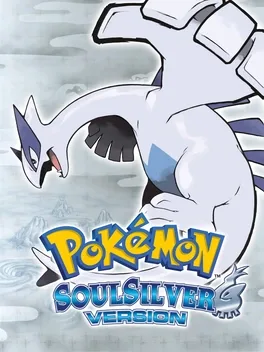
Pokemon HeartGold Version and Pokemon SoulSilver Version return players to the scenic Johto region first introduced in the beloved original Pokemon Gold and Pokemon Silver games nearly a decade ago. The richly detailed adventure of Pokemon Gold and Pokemon Silver is now enhanced for the Nintendo DS and Nintendo DSi systems with updated graphics and sound, as well as new touch-screen features and a host of surprises. Pokemon HeartGold Version and Pokemon SoulSilver Version bring dozens of Pokemon characters back into the limelight for a new Pokemon generation - and longtime fans - to catch, train and battle.
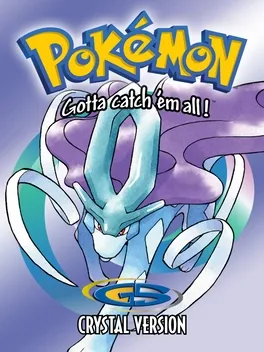
Pokémon Crystal is a special edition of Pokémon Gold and Silver. It added the option to play as a female character, expanded upon the storyline and made slight aesthetic changes to the still-intact core experience of becoming a Pokémon Master.
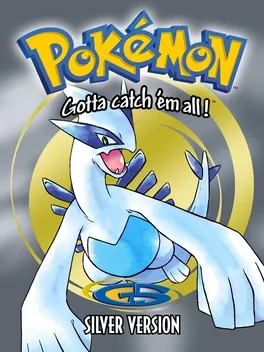
Pokémon Silver, along with Pokémon Gold, are the sequels to Pokémon Red and Blue. They offer 100 new Pokémon to capture and train, 8 more Gyms to take on and a new Pokémon League challenge. Featuring an expanded post-game, Pokémon Gold and Silver additionally offer extra content from the previous entries in the series.
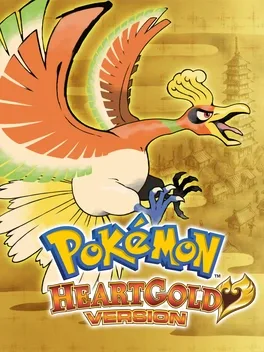
Pokémon HeartGold Version and Pokémon SoulSilver Version are paired Generation IV remakes of the Generation II games Pokémon Gold and Silver. Much like how Pokémon FireRed and LeafGreen revisited the Generation I story of Kanto, HeartGold and SoulSilver retell the story of Johto, with the player's starting town being New Bark Town. While the games feature several expansions in key areas, the overall plot follows the same direction as the original Gold and Silver. Some aspects exclusive to Crystal are also included. Like how FireRed and LeafGreen could link up with Ruby, Sapphire, and Emerald to complete the Pokédex by trading regionally exclusive Pokémon, HeartGold and SoulSilver can link up with Diamond, Pearl, and Platinum to obtain Pokémon unavailable in Johto and Kanto (such as the Sinnoh starters) and vice versa. Kris, despite being the female counterpart of Crystal's player character, is not included as the female player character, with a new character instead taking her place. Whether she is chosen to be the player character or not, this new character will still appear in the game. The unselected protagonist will take a pseudo-rival role similar to the unselected characters of Ruby, Sapphire, Emerald, Diamond, Pearl, and Platinum. The games were released on September 12, 2009 in Japan, February 4, 2010 in Korea, March 14, 2010 in North America, March 25, 2010 in Australia and March 26, 2010 in Europe (this excludes the Netherlands, Luxembourg and parts of Belgium due to an in-game save error, with the patched copies later released on April 2, 2010).
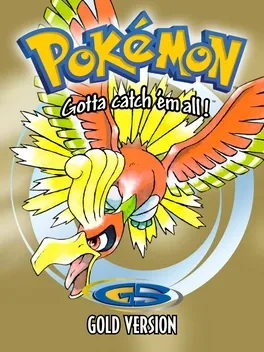
Pokémon Gold, along with Pokémon Silver, are the sequels to Pokémon Red and Blue. They offer 100 new Pokémon to capture and train, 8 more Gyms to take on and a new Pokémon League challenge. Featuring an expanded post-game, Pokémon Gold and Silver additionally offer extra content from the previous entries in the series.
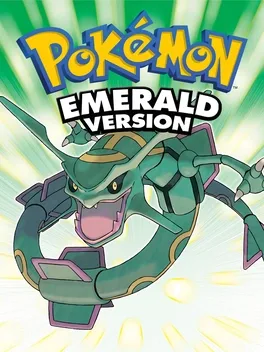
Pokémon Emerald Version is a sister game to Pokémon Ruby and Sapphire. Emerald Version provided the main storyline with more depth and length, as well as making small aesthetic changes to the world and adding unique animations for each Pokémon.
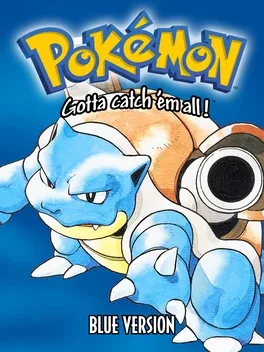
Pokémon Blue is the third core series Pokémon game released as a minor revision of Pokémon Red and Green, which were released earlier that year. It was thus the first solitary version in the core series of Pokémon games. Various fixes in the game include a graphics and sound upgrade, as well as the removal of several known glitches that had been found in the original pair. Outside of Japan, its graphics, game engine and script formed the basis of Pokémon Red and Blue, while the wild Pokémon and game-exclusive Pokémon lists were changed to match Red and Green.
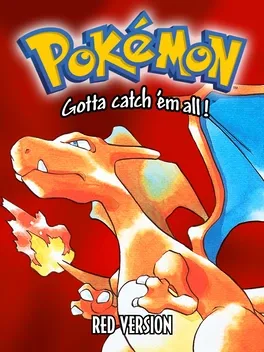
Pokémon Red, along with Pokémon Green, are the first video games in the Pokémon series of games. They are the first paired versions of Generation I. Developed over the course of several years, Red and Green established several standards for later Pokémon games and sequels. They take place in the Kanto region, with the player having to collect eight Gym Badges to become the Pokémon Champion while also completing the Pokédex by collecting all 151 Pokémon.
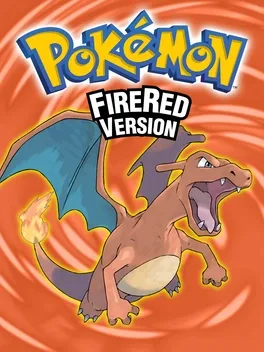
Pokémon FireRed Version and Pokémon LeafGreen Version are a pair of core series Generation III games that are set in the Kanto region. They were released in Japan on January 29, 2004, in North America on September 9, 2004, in Australia on September 23, 2004 and in Europe on October 1, 2004. As the first remakes in the Pokémon franchise, the games revisit the original pair of Pokémon games, Pokémon Red and Green Versions, and so feature all of the characters, plot elements, and challenges of them, but with several important upgrades to bring them up to speed with other Generation III games. The Game Boy Advance Wireless Adapter was initially included with the games when they were first released, eliminating the need for Game Link Cables when trading between the two games (and later Pokémon Emerald Version). In later copies, it was sold separately. FireRed and LeafGreen went on to become the second best-selling games of the Game Boy Advance, only behind Pokémon Ruby and Sapphire Versions. They also received Nintendo's Player's Choice awards.
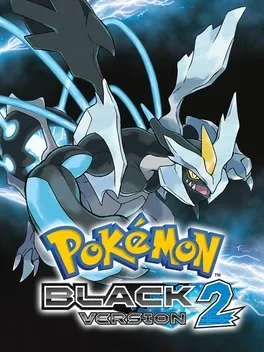
Pokémon Black Version 2 and Pokémon White Version 2 are the second and final paired versions of Generation V and are the sequels of Pokémon Black and White, respectively. Both games were revealed on Pokémon Smash! by Junichi Masuda, and subsequently the official Japanese and international Pokémon websites, on February 26, 2012. They were released in Japan on June 23, 2012, in North America on October 7, 2012, in Australia on October 11, 2012, in Europe on October 12, 2012 and in South Korea on November 8, 2012. The games feature two new forms of Kyurem that serve as the game mascots of the games: Black Kyurem for Black 2 and White Kyurem for White 2.
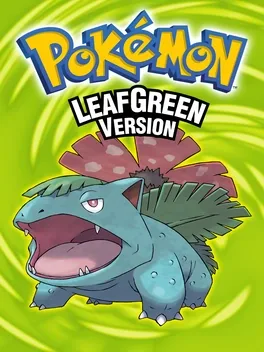
Pokémon LeafGreen Version and Pokémon FireRed Version are a pair of core series Generation III games that are set in the Kanto region. They were released in Japan on January 29, 2004, in North America on September 9, 2004, in Australia on September 23, 2004 and in Europe on October 1, 2004. As the first remakes in the Pokémon franchise, the games revisit the original pair of Pokémon games, Pokémon Red and Green Versions, and so feature all of the characters, plot elements, and challenges of them, but with several important upgrades to bring them up to speed with other Generation III games. The Game Boy Advance Wireless Adapter was initially included with the games when they were first released, eliminating the need for Game Link Cables when trading between the two games (and later Pokémon Emerald Version). In later copies, it was sold separately. FireRed and LeafGreen went on to become the second best-selling games of the Game Boy Advance, only behind Pokémon Ruby and Sapphire Versions. They also received Nintendo's Player's Choice awards.

In Pokémon Platinum, another world has emerged in the Sinnoh Region, a world where space and time are altered! Catch, train, and battle your favorite Pokémon, and discover ancient, mythical Pokémon in this exciting adventure! The platinum version also has expanded online options with new experiences in the Wi-Fi Plaza and Battle Frontier!
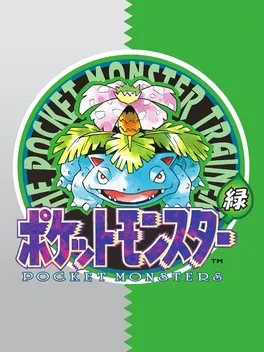
Pokémon Green, along with Pokémon Red, are the first video games in the Pokémon series of games. They are the first paired versions of Generation I. Developed over the course of several years, Red and Green established several standards for later Pokémon games and sequels. They take place in the Kanto region, with the player having to collect eight Gym Badges to become the Pokémon Champion while also completing the Pokédex by collecting all 151 Pokémon.
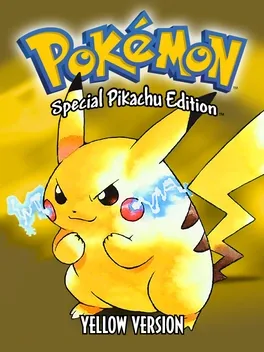
Pokémon Yellow is an enhanced version of Pokémon Red and Blue that allows you to start the game with your very own Pikachu following you around on-foot and collect the 3 other starters from strangers you meet around the region. However, your goal remains the same: catch them all and become the ultimate Pokémon Master.
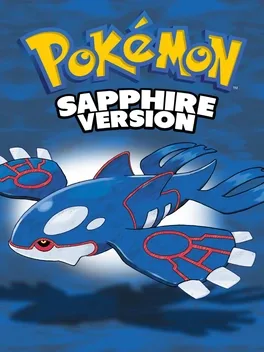
Sequel to Pokémon Gold and Silver Versions (1999), Pokémon Ruby and Sapphire Versions offer 135 new Pokémon, more complex battling and training systems, new crime organizations, a longer and more story-focused campaign and upgraded graphics to create a new and technically improved Pokémon experience.
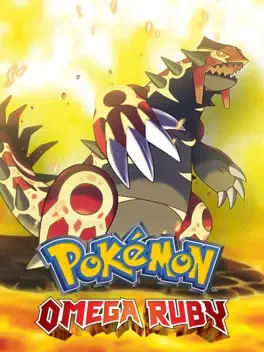
During your adventure, you will battle Team Magma in Pokémon Omega Ruby and Team Aqua in Pokémon Alpha Sapphire. Team Magma seeks to increase the land, while Team Aqua wishes to increase the seas. In order to bring about these grand plans, each will turn to the power of a Legendary Pokémon: Groudon or Kyogre. Team Magma pursues Groudon, while Team Aqua goes after Kyogre. What could be driving them to such lengths?
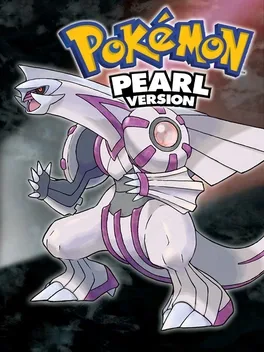
Pokémon Pearl Version and Diamond Version are role-playing games (RPGs) developed by Game Freak and published by Nintendo for the Nintendo DS. With the enhanced remake Pokémon Platinum, the games comprise the fifth installment and fourth generation of the Pokémon series of RPGs. First released in Japan on September 28, 2006, the games were later released to North America, Australia, and Europe over the course of 2007. Like previous Pokémon games, Diamond and Pearl chronicle the adventures of a young Pokémon trainer as he/she trains and battles Pokémon while also thwarting the schemes of a criminal organization. The games add many new features, such as Internet play over the Nintendo Wi-Fi Connection and changes to battle mechanics and Pokémon Contests, along with addition of 107 new Pokémon. The games are independent of each other but feature largely the same plot and while both can be played separately, it is necessary to trade between them in order to complete the games' Pokédexes.
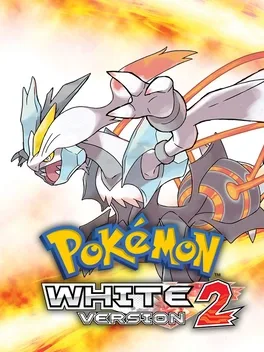
Pokémon White Version 2 and Pokémon Black Version 2 are the second and final paired versions of Generation V and are the sequels of Pokémon Black and White, respectively. Both games were revealed on Pokémon Smash! by Junichi Masuda, and subsequently the official Japanese and international Pokémon websites, on February 26, 2012. They were released in Japan on June 23, 2012, in North America on October 7, 2012, in Australia on October 11, 2012, in Europe on October 12, 2012 and in South Korea on November 8, 2012. The games feature two new forms of Kyurem that serve as the game mascots of the games: Black Kyurem for Black 2 and White Kyurem for White 2.
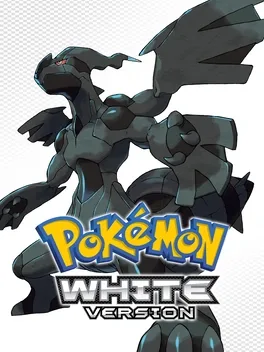
Pokémon White Version and Pokémon Black Version are the primary paired versions of Generation V. Black and White follow the trends set up by previous games in the series. Two player characters (one male and one female) travel a new region, Unova, on their Pokémon journeys. This region is inhabited by various Pokémon, and unlike before, none of those available prior to Generation V can be obtained before completing the main story by defeating Team Plasma. The games' names were revealed on the official Japanese Pokémon website on April 9, 2010, and scans from the subsequent issue of the magazine leaked the following day, April 10. Pokémon Black and White are followed in 2012 by two sequels, Pokémon Black 2 and White 2, which are set two years after the events of Black and White. Black 2 and White 2 are the second and final paired versions of Generation V.
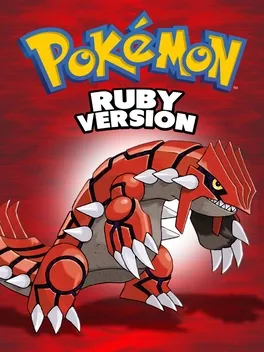
Sequel to Pokémon Gold and Silver Versions (1999), Pokémon Ruby and Sapphire Versions offer 135 new Pokémon, more complex battling and training systems, new crime organizations, a longer and more story-focused campaign and upgraded graphics to create a new and technically improved Pokémon experience.
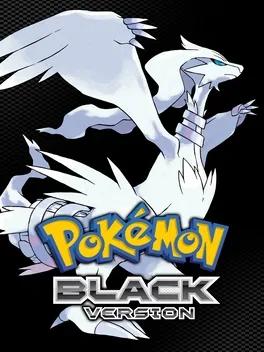
Pokémon Black Version and Pokémon White Version are the primary paired versions of Generation V. Black and White follow the trends set up by previous games in the series. Two player characters (one male and one female) travel a new region, Unova, on their Pokémon journeys. This region is inhabited by various Pokémon, and unlike before, none of those available prior to Generation V can be obtained before completing the main story by defeating Team Plasma. The games' names were revealed on the official Japanese Pokémon website on April 9, 2010, and scans from the subsequent issue of the magazine leaked the following day, April 10. Pokémon Black and White are followed in 2012 by two sequels, Pokémon Black 2 and White 2, which are set two years after the events of Black and White. Black 2 and White 2 are the second and final paired versions of Generation V.

During your adventure, you will battle Team Magma in Pokémon Omega Ruby and Team Aqua in Pokémon Alpha Sapphire. Team Magma seeks to increase the land, while Team Aqua wishes to increase the seas. In order to bring about these grand plans, each will turn to the power of a Legendary Pokémon: Groudon or Kyogre. Team Magma pursues Groudon, while Team Aqua goes after Kyogre. What could be driving them to such lengths?
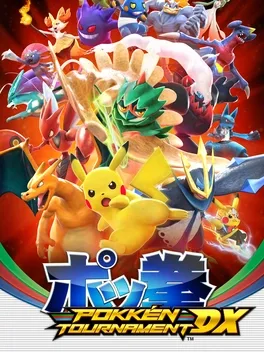
Pokkén Tournament is a fighting video game and the first Pokémon title for the Nintendo Switch console. Take direct control of one of 21 prized Pokémon fighters to defeat other Pokémon in arena fights. Call upon Support Pokémon to assist in the fight, then unleash your Pokémon's unique Burst Attack to climb atop the ranks. With all new modes and new ways to battle with friends, this is your chance to become champion of the Ferrum Region!
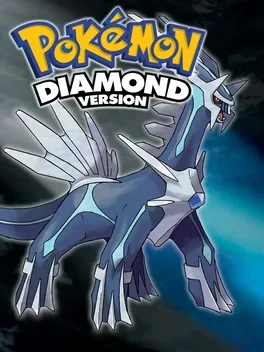
Pokémon Diamond Version and Pearl Version are role-playing games (RPGs) developed by Game Freak and published by Nintendo for the Nintendo DS. With the enhanced remake Pokémon Platinum, the games comprise the fifth installment and fourth generation of the Pokémon series of RPGs. First released in Japan on September 28, 2006, the games were later released to North America, Australia, and Europe over the course of 2007. Like previous Pokémon games, Diamond and Pearl chronicle the adventures of a young Pokémon trainer as he/she trains and battles Pokémon while also thwarting the schemes of a criminal organization. The games add many new features, such as Internet play over the Nintendo Wi-Fi Connection and changes to battle mechanics and Pokémon Contests, along with addition of 107 new Pokémon. The games are independent of each other but feature largely the same plot and while both can be played separately, it is necessary to trade between them in order to complete the games' Pokédexes.